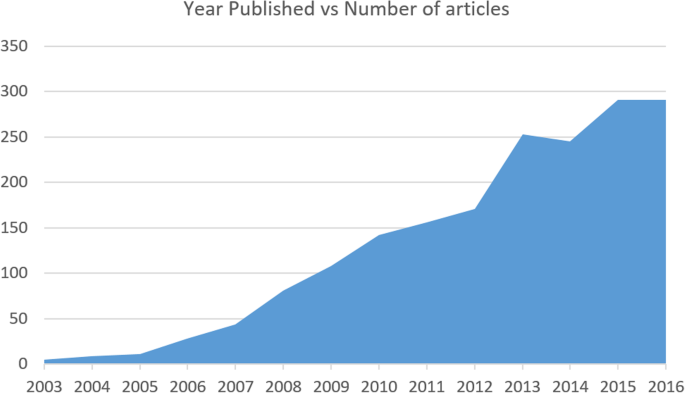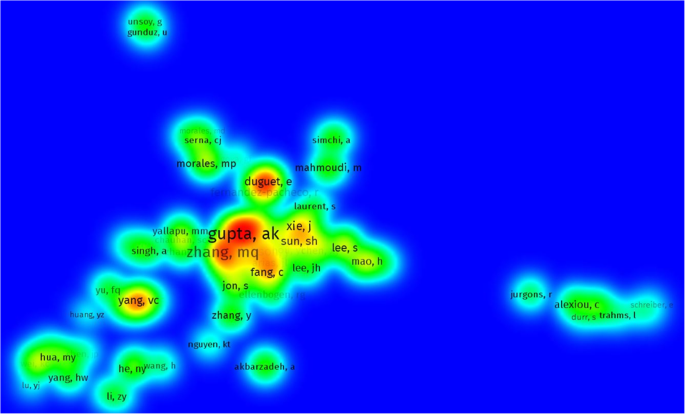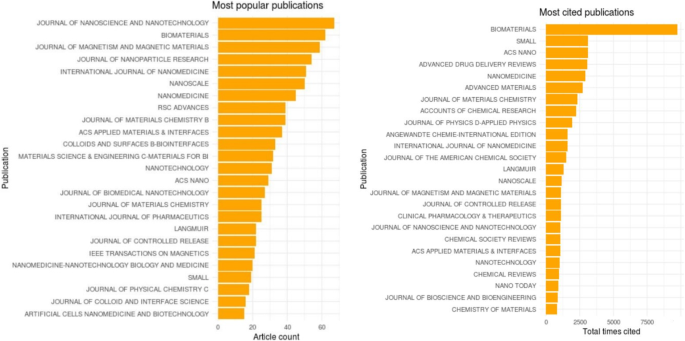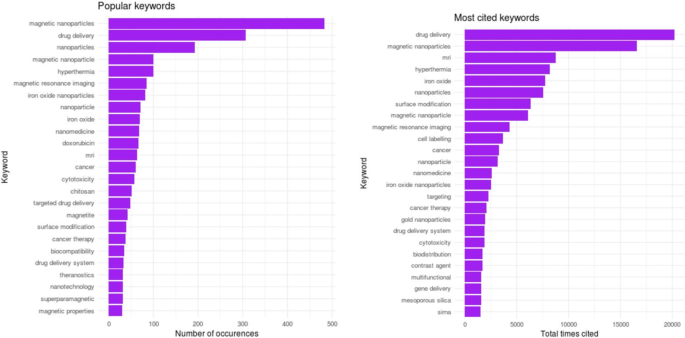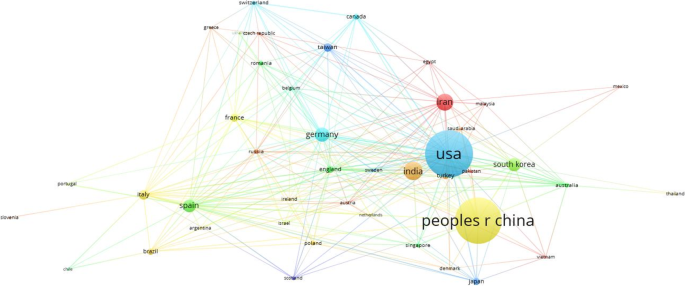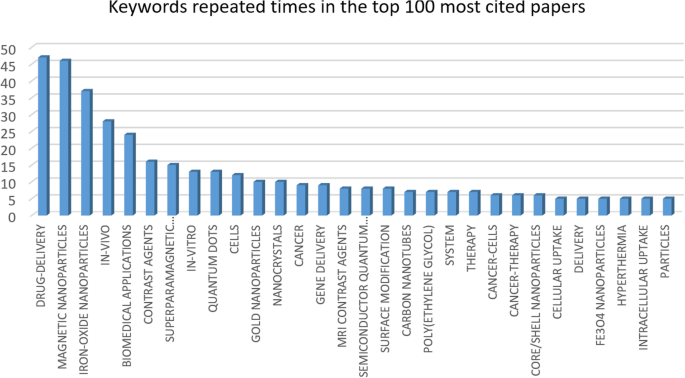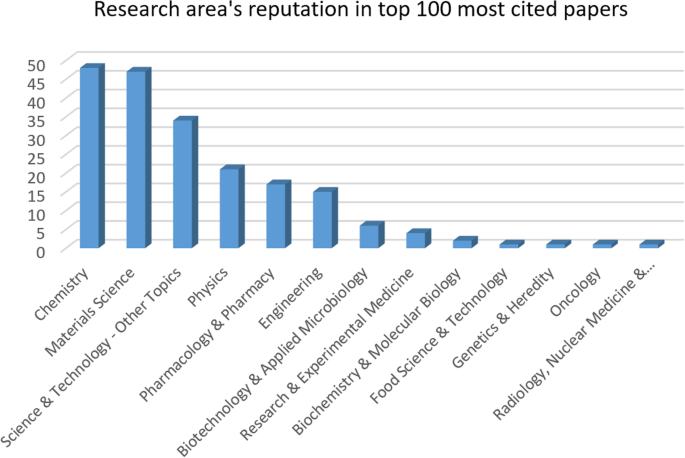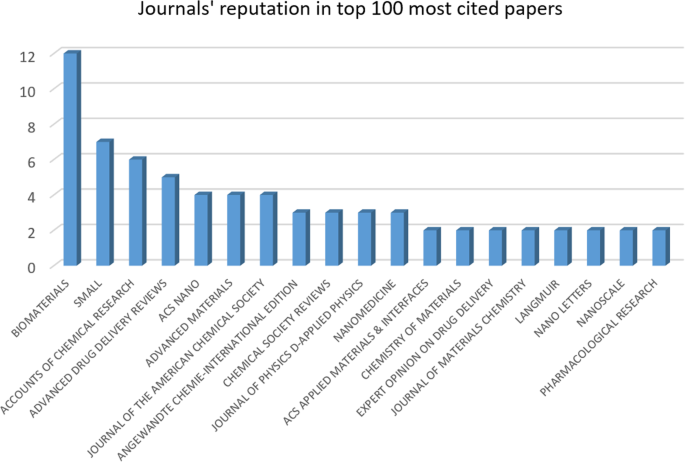Source: https://psyche.co/guides/how-to-plan-a-research-project-in-four-clear-steps

Guide
How to plan a research project
Whether for a paper or a thesis, define your question, review the work of others – and leave yourself open to discovery
by Brooke Harrington
Illustration by James Round
Need to know
‘When curiosity turns to serious matters, it’s called research.’
– From Aphorisms (1880-1905) by Marie von Ebner-Eschenbach
Planning research projects is a time-honoured intellectual exercise: one that requires both creativity and sharp analytical skills. The purpose of this Guide is to make the process systematic and easy to understand. While there is a great deal of freedom and discovery involved – from the topics you choose, to the data and methods you apply – there are also some norms and constraints that obtain, no matter what your academic level or field of study. For those in high school through to doctoral students, and from art history to archaeology, research planning involves broadly similar steps, including: formulating a question, developing an argument or predictions based on previous research, then selecting the information needed to answer your question.
Some of this might sound self-evident but, as you’ll find, research requires a different way of approaching and using information than most of us are accustomed to in everyday life. That is why I include orienting yourself to knowledge-creation as an initial step in the process. This is a crucial and underappreciated phase in education, akin to making the transition from salaried employment to entrepreneurship: suddenly, you’re on your own, and that requires a new way of thinking about your work.
What follows is a distillation of what I’ve learned about this process over 27 years as a professional social scientist. It reflects the skills that my own professors imparted in the sociology doctoral programme at Harvard, as well as what I learned later on as a research supervisor for Ivy League PhD and MA students, and then as the author of award-winning scholarly books and articles. It can be adapted to the demands of both short projects (such as course term papers) and long ones, such as a thesis.
What to do
At its simplest, research planning involves the four distinct steps outlined below: orienting yourself to knowledge-creation; defining your research question; reviewing previous research on your question; and then choosing relevant data to formulate your own answers. Because the focus of this Guide is on planning a research project, as opposed to conducting a research project, this section won’t delve into the details of data-collection or analysis; those steps happen after you plan the project. In addition, the topic is vast: year-long doctoral courses are devoted to data and analysis. Instead, the fourth and final part of this section will outline some basic strategies you could use in planning a data-selection and analysis process appropriate to your research question.
1. Orient yourself
Planning and conducting research requires you to make a transition, from thinking like a consumer of information to thinking like a producer of information. That sounds simple, but it’s actually a complex task. As a practical matter, this means putting aside the mindset of a student, which treats knowledge as something created by other people. As students, we are often passive receivers of knowledge: asked to do a specified set of readings, then graded on how well we reproduce what we’ve read.
Researchers, however, must take on an active role as knowledge producers. Doing research requires more of you than reading and absorbing what other people have written: you have to engage in a dialogue with it. That includes arguing with previous knowledge and perhaps trying to show that ideas we have accepted as given are actually wrong or incomplete. For example, rather than simply taking in the claims of an author you read, you’ll need to draw out the implications of those claims: if what the author is saying is true, what else does that suggest must be true? What predictions could you make based on the author’s claims?
In other words, rather than treating a reading as a source of truth – even if it comes from a revered source, such as Plato or Marie Curie – this orientation step asks you to treat the claims you read as provisional and subject to interrogation. That is one of the great pieces of wisdom that science and philosophy can teach us: that the biggest advances in human understanding have been made not by being correct about trivial things, but by being wrong in an interesting way. For example, Albert Einstein was wrong about quantum mechanics, but his arguments about it with his fellow physicist Niels Bohr have led to some of the biggest breakthroughs in science, even a century later.
2. Define your research question
Students often give this step cursory attention, but experienced researchers know that formulating a good question is sometimes the most difficult part of the research planning process. That is because the precise language of the question frames the rest of the project. It’s therefore important to pose the question carefully, in a way that’s both possible to answer and likely to yield interesting results. Of course, you must choose a question that interests you, but that’s only the beginning of what’s likely to be an iterative process: most researchers come back to this step repeatedly, modifying their questions in light of previous research, resource limitations and other considerations.
Researchers face limits in terms of time and money. They, like everyone else, have to pose research questions that they can plausibly answer given the constraints they face. For example, it would be inadvisable to frame a project around the question ‘What are the roots of the Arab-Israeli conflict?’ if you have only a week to develop an answer and no background on that topic. That’s not to limit your imagination: you can come up with any question you’d like. But it typically does require some creativity to frame a question that you can answer well – that is, by investigating thoroughly and providing new insights – within the limits you face.
In addition to being interesting to you, and feasible within your resource constraints, the third and most important characteristic of a ‘good’ research topic is whether it allows you to create new knowledge. It might turn out that your question has already been asked and answered to your satisfaction: if so, you’ll find out in the next step of this process. On the other hand, you might come up with a research question that hasn’t been addressed previously. Before you get too excited about breaking uncharted ground, consider this: a lot of potentially researchable questions haven’t been studied for good reason; they might have answers that are trivial or of very limited interest. This could include questions such as ‘Why does the area of a circle equal π r²?’ or ‘Did winter conditions affect Napoleon’s plans to invade Russia?’ Of course, you might be able to make the argument that a seemingly trivial question is actually vitally important, but you must be prepared to back that up with convincing evidence. The exercise in the ‘Learn More’ section below will help you think through some of these issues.
Finally, scholarly research questions must in some way lead to new and distinctive insights. For example, lots of people have studied gender roles in sports teams; what can you ask that hasn’t been asked before? Reinventing the wheel is the number-one no-no in this endeavour. That’s why the next step is so important: reviewing previous research on your topic. Depending on what you find in that step, you might need to revise your research question; iterating between your question and the existing literature is a normal process. But don’t worry: it doesn’t go on forever. In fact, the iterations taper off – and your research question stabilises – as you develop a firm grasp of the current state of knowledge on your topic.
3. Review previous research
In academic research, from articles to books, it’s common to find a section called a ‘literature review’. The purpose of that section is to describe the state of the art in knowledge on the research question that a project has posed. It demonstrates that researchers have thoroughly and systematically reviewed the relevant findings of previous studies on their topic, and that they have something novel to contribute.
Your own research project should include something like this, even if it’s a high-school term paper. In the research planning process, you’ll want to list at least half a dozen bullet points stating the major findings on your topic by other people. In relation to those findings, you should be able to specify where your project could provide new and necessary insights. There are two basic rhetorical positions one can take in framing the novelty-plus-importance argument required of academic research:
- Position 1 requires you to build on or extend a set of existing ideas; that means saying something like: ‘Person A has argued that X is true about gender; this implies Y, which has not yet been tested. My project will test Y, and if I find evidence to support it, that will change the way we understand gender.’
- Position 2 is to argue that there is a gap in existing knowledge, either because previous research has reached conflicting conclusions or has failed to consider something important. For example, one could say that research on middle schoolers and gender has been limited by being conducted primarily in coeducational environments, and that findings might differ dramatically if research were conducted in more schools where the student body was all-male or all-female.
Your overall goal in this step of the process is to show that your research will be part of a larger conversation: that is, how your project flows from what’s already known, and how it advances, extends or challenges that existing body of knowledge. That will be the contribution of your project, and it constitutes the motivation for your research.
Two things are worth mentioning about your search for sources of relevant previous research. First, you needn’t look only at studies on your precise topic. For example, if you want to study gender-identity formation in schools, you shouldn’t restrict yourself to studies of schools; the empirical setting (schools) is secondary to the larger social process that interests you (how people form gender identity). That process occurs in many different settings, so cast a wide net. Second, be sure to use legitimate sources – meaning publications that have been through some sort of vetting process, whether that involves peer review (as with academic journal articles you might find via Google Scholar) or editorial review (as you’d find in well-known mass media publications, such as The Economist or The Washington Post). What you’ll want to avoid is using unvetted sources such as personal blogs or Wikipedia. Why? Because anybody can write anything in those forums, and there is no way to know – unless you’re already an expert – if the claims you find there are accurate. Often, they’re not.
4. Choose your data and methods
Whatever your research question is, eventually you’ll need to consider which data source and analytical strategy are most likely to provide the answers you’re seeking. One starting point is to consider whether your question would be best addressed by qualitative data (such as interviews, observations or historical records), quantitative data (such as surveys or census records) or some combination of both. Your ideas about data sources will, in turn, suggest options for analytical methods.
You might need to collect your own data, or you might find everything you need readily available in an existing dataset someone else has created. A great place to start is with a research librarian: university libraries always have them and, at public universities, those librarians can work with the public, including people who aren’t affiliated with the university. If you don’t happen to have a public university and its library close at hand, an ordinary public library can still be a good place to start: the librarians are often well versed in accessing data sources that might be relevant to your study, such as the census, or historical archives, or the Survey of Consumer Finances.
Because your task at this point is to plan research, rather than conduct it, the purpose of this step is not to commit you irrevocably to a course of action. Instead, your goal here is to think through a feasible approach to answering your research question. You’ll need to find out, for example, whether the data you want exist; if not, do you have a realistic chance of gathering the data yourself, or would it be better to modify your research question? In terms of analysis, would your strategy require you to apply statistical methods? If so, do you have those skills? If not, do you have time to learn them, or money to hire a research assistant to run the analysis for you?
Please be aware that qualitative methods in particular are not the casual undertaking they might appear to be. Many people make the mistake of thinking that only quantitative data and methods are scientific and systematic, while qualitative methods are just a fancy way of saying: ‘I talked to some people, read some old newspapers, and drew my own conclusions.’ Nothing could be further from the truth. In the final section of this guide, you’ll find some links to resources that will provide more insight on standards and procedures governing qualitative research, but suffice it to say: there are rules about what constitutes legitimate evidence and valid analytical procedure for qualitative data, just as there are for quantitative data.
As you work through these four steps in planning your project, it’s perfectly normal to circle back and revise. Research planning is rarely a linear process. It’s also common for new and unexpected avenues to suggest themselves. As the sociologist Thorstein Veblen wrote in 1908 : ‘The outcome of any serious research can only be to make two questions grow where only one grew before.’ That’s as true of research planning as it is of a completed project. Try to enjoy the horizons that open up for you in this process, rather than becoming overwhelmed; the four steps, along with the two exercises that follow, will help you focus your plan and make it manageable.
Key points
- While there is no one ‘best’ way to design research, planning a project involves four general steps: orienting yourself to knowledge-creation; defining your research question; reviewing previous research on your question; and then selecting and analysing relevant data to formulate your own answers.
- Research planning is always an iterative process: as you move through the four steps, it is normal to circle back to earlier points and revise. Expect your research question in particular to undergo multiple rounds of refinement as you learn more about your topic, the previous research done on that topic, and the possibilities for you to carry out an analysis of your own.
- Good research questions tend to beget more questions. This can be frustrating for those who want to get down to business right away. Try to make room for the unexpected: this is usually how knowledge advances. Many of the most significant discoveries in human history have been made by people who were looking for something else entirely. There are ways to structure your research planning process without over-constraining yourself; the two exercises below are a start, and you can find further methods in the Links and Books section.
Learn more
The following exercise provides a structured process for advancing your research project planning. After completing it, you’ll be able to do the following:
- describe clearly and concisely the question you’ve chosen to study
- summarise the state of the art in knowledge about the question, and where your project could contribute new insight
- identify the best strategy for gathering and analysing relevant data
In other words, the following provides a systematic means to establish the building blocks of your research project.
Exercise: Definition of research question and sources
This exercise prompts you to select and clarify your general interest area, develop a research question, and investigate sources of information. The annotated bibliography will also help you refine your research question so that you can begin the second assignment, a description of the phenomenon you wish to study.
Part 1: Topic
Jot down a few bullet points in response to these two questions, with the understanding that you’ll probably go back and modify your answers as you begin reading other studies relevant to your topic:
- What will be the general topic of your paper?
- What will be the specific topic of your paper?
Part 2: Research question(s)
Use the following guidelines to frame a research question – or questions – that will drive your analysis. As with Part 1 above, you’ll probably find it necessary to change or refine your research question(s) as you complete future assignments.
- Your question should be phrased so that it can’t be answered with a simple ‘yes’ or ‘no’.
- Your question should have more than one plausible answer.
- Your question should draw relationships between two or more concepts; framing the question in terms of How? or What? often works better than asking Why?
Part 3: Annotated bibliography
Most or all of your background information should come from two sources: scholarly books and journals, or reputable mass media sources. You might be able to access journal articles electronically through your library, using search engines such as JSTOR and Google Scholar. This can save you a great deal of time compared with going to the library in person to search periodicals. General news sources, such as those accessible through LexisNexis, are acceptable, but should be cited sparingly, since they don’t carry the same level of credibility as scholarly sources. As discussed above, unvetted sources such as blogs and Wikipedia should be avoided, because the quality of the information they provide is unreliable and often misleading.
To create an annotated bibliography, provide the following information for at least 10 sources relevant to your specific topic, using the format suggested below.
Name of author(s):
Publication date:
Title of book, chapter, or article:
If a chapter or article, title of journal or book where they appear:
Brief description of this work, including main findings and methods (c75 words):
Summary of how this work contributes to your project (c75 words):
Brief description of the implications of this work (c25 words):
Identify any gap or controversy in knowledge this work points up, and how your project could address those problems (c50 words):
Part 4: Towards an analysis
Develop a short statement (c250 words) about the kind of data that would be useful to address your research question, and how you’d analyse it. Some questions to consider in writing this statement include:
- What are the central concepts or variables in your project? Offer a brief definition of each.
- Do any data sources exist on those concepts or variables, or would you need to collect data?
- Of the analytical strategies you could apply to that data, which would be the most appropriate to answer your question? Which would be the most feasible for you? Consider at least two methods, noting their advantages or disadvantages for your project.
Links & books
One of the best texts ever written about planning and executing research comes from a source that might be unexpected: a 60-year-old work on urban planning by a self-trained scholar. The classic book The Death and Life of Great American Cities (1961) by Jane Jacobs (available complete and free of charge via this link ) is worth reading in its entirety just for the pleasure of it. But the final 20 pages – a concluding chapter titled ‘The Kind of Problem a City Is’ – are really about the process of thinking through and investigating a problem. Highly recommended as a window into the craft of research.
Jacobs’s text references an essay on advancing human knowledge by the mathematician Warren Weaver. At the time, Weaver was director of the Rockefeller Foundation, in charge of funding basic research in the natural and medical sciences. Although the essay is titled ‘A Quarter Century in the Natural Sciences’ (1960) and appears at first blush to be merely a summation of one man’s career, it turns out to be something much bigger and more interesting: a meditation on the history of human beings seeking answers to big questions about the world. Weaver goes back to the 17th century to trace the origins of systematic research thinking, with enthusiasm and vivid anecdotes that make the process come alive. The essay is worth reading in its entirety, and is available free of charge via this link.
For those seeking a more in-depth, professional-level discussion of the logic of research design, the political scientist Harvey Starr provides insight in a compact format in the article ‘Cumulation from Proper Specification: Theory, Logic, Research Design, and “Nice” Laws’ (2005). Starr reviews the ‘research triad’, consisting of the interlinked considerations of formulating a question, selecting relevant theories and applying appropriate methods. The full text of the article, published in the scholarly journal Conflict Management and Peace Science, is available, free of charge, via this link.
Finally, the book Getting What You Came For (1992) by Robert Peters is not only an outstanding guide for anyone contemplating graduate school – from the application process onward – but it also includes several excellent chapters on planning and executing research, applicable across a wide variety of subject areas. It was an invaluable resource for me 25 years ago, and it remains in print with good reason; I recommend it to all my students, particularly Chapter 16 (‘The Thesis Topic: Finding It’), Chapter 17 (‘The Thesis Proposal’) and Chapter 18 (‘The Thesis: Writing It’).

